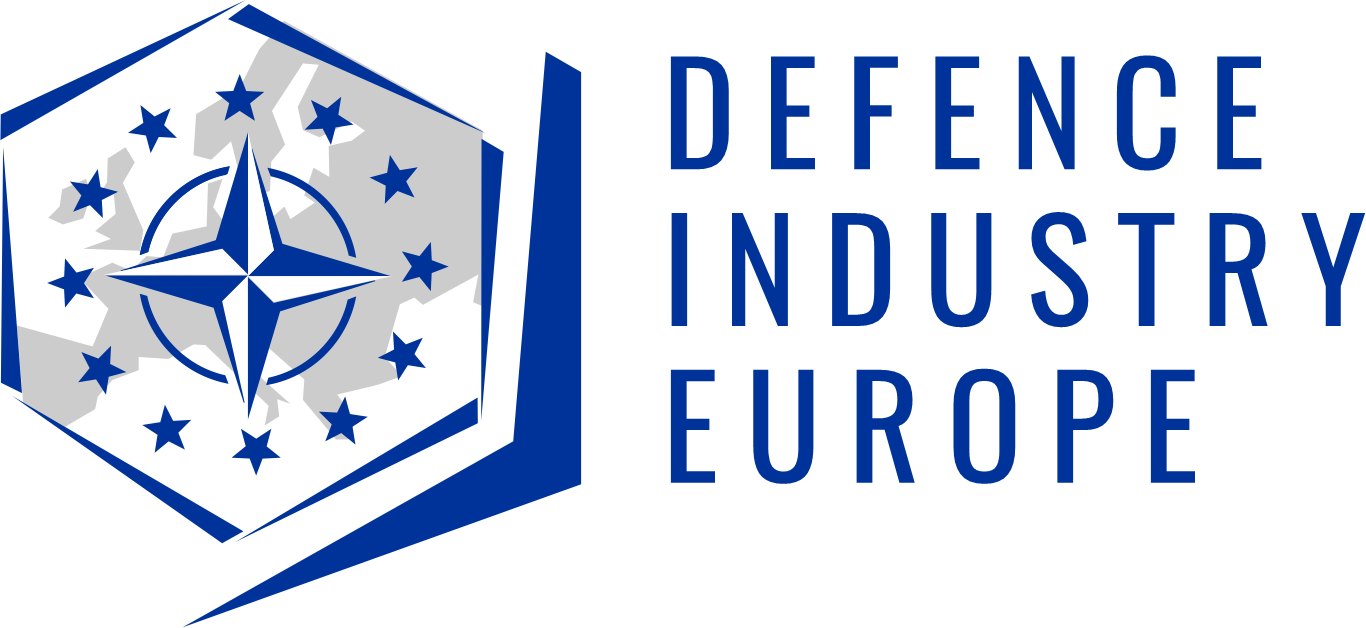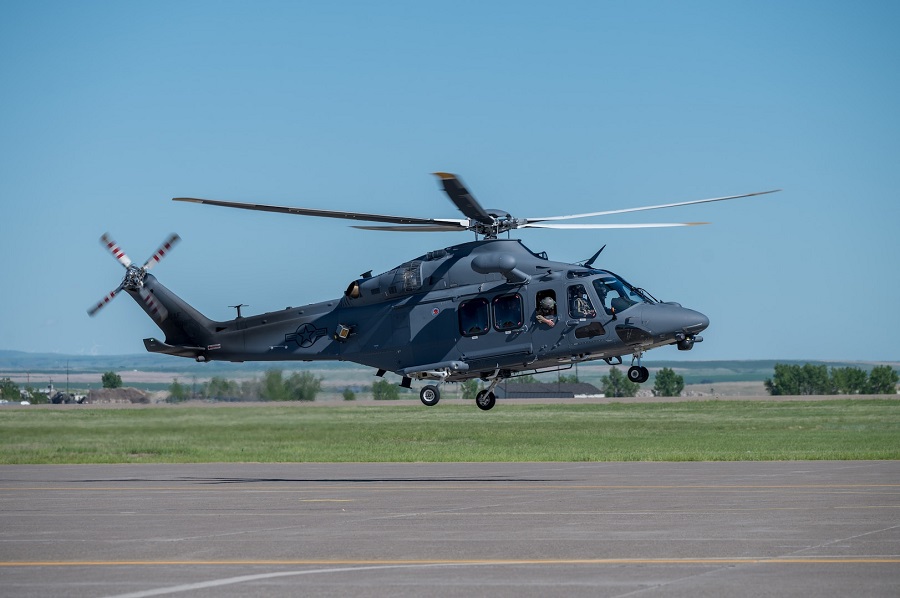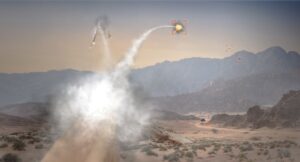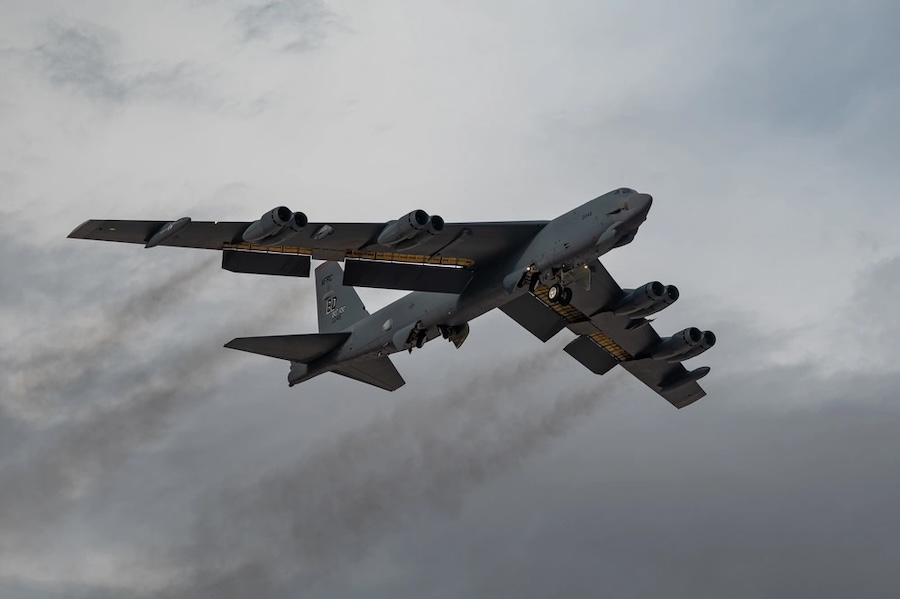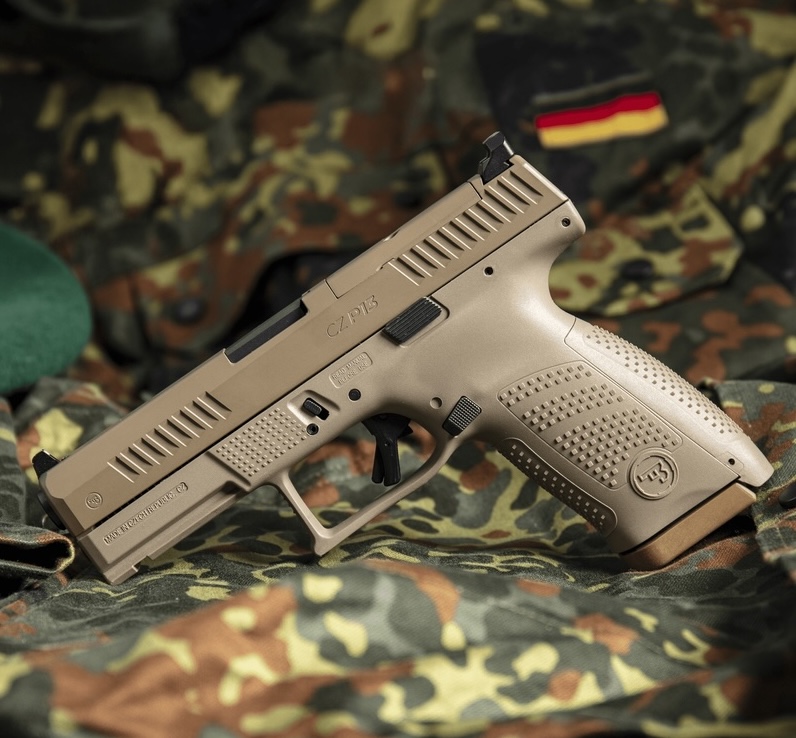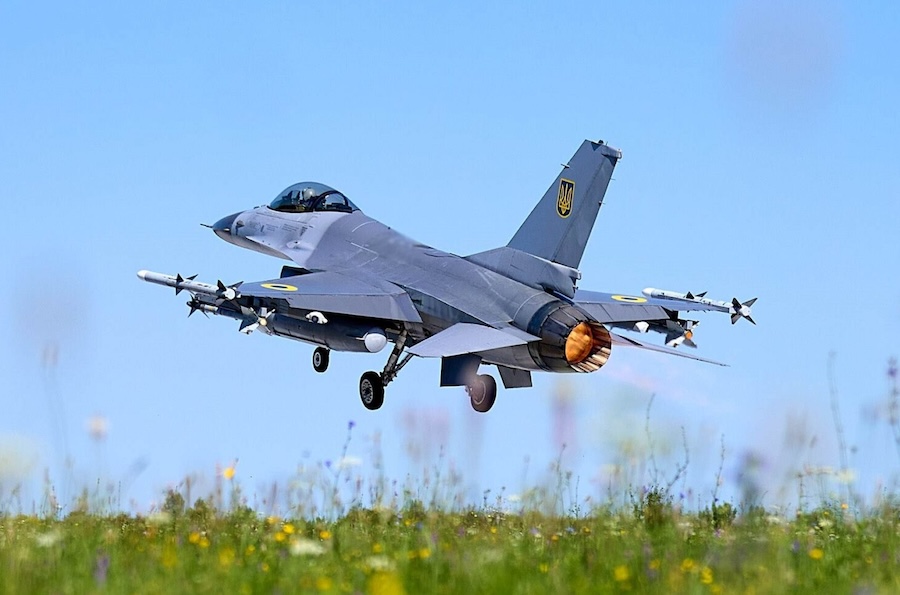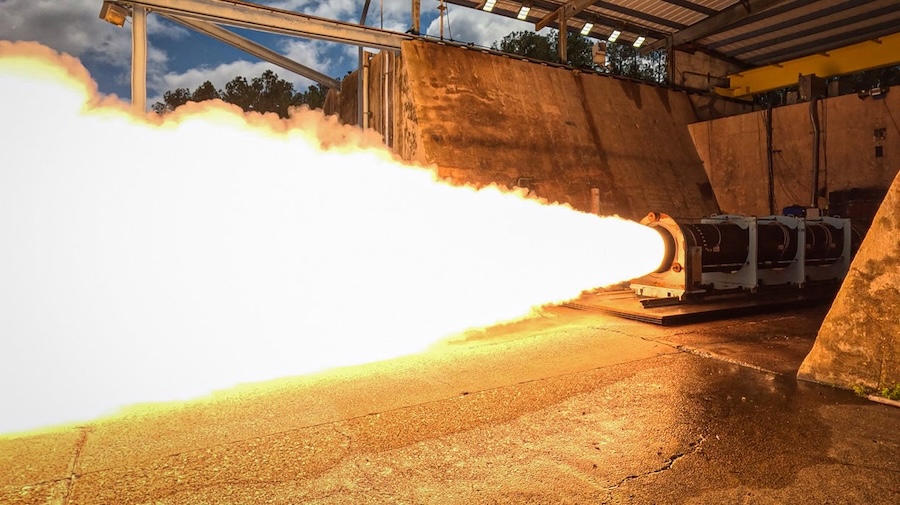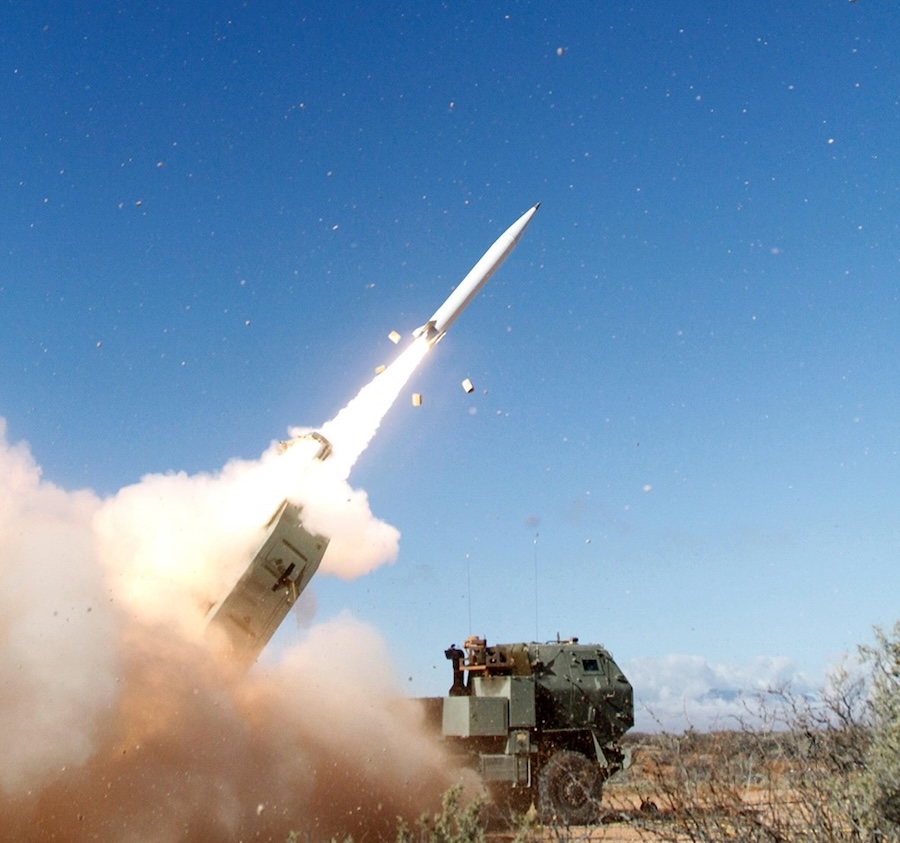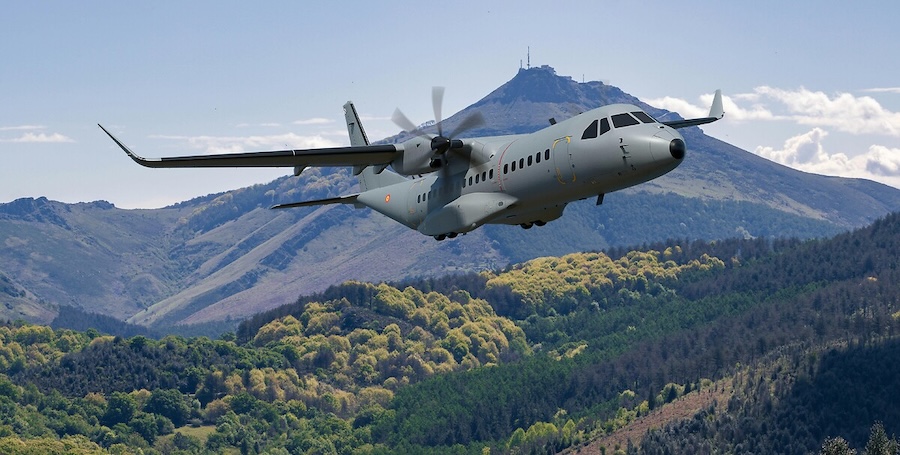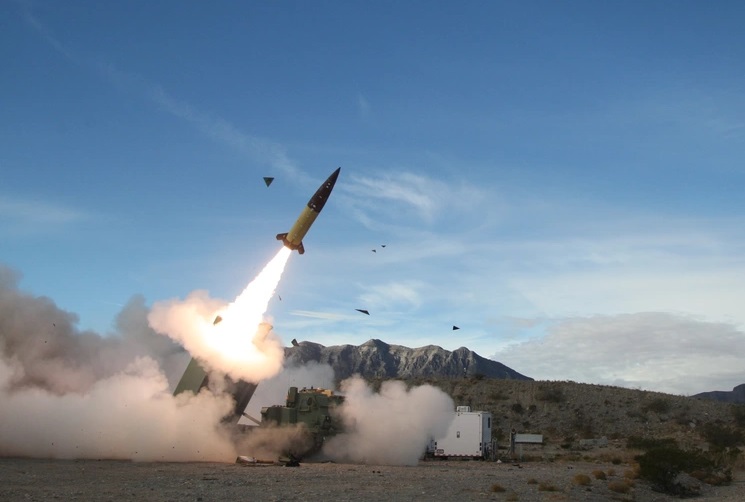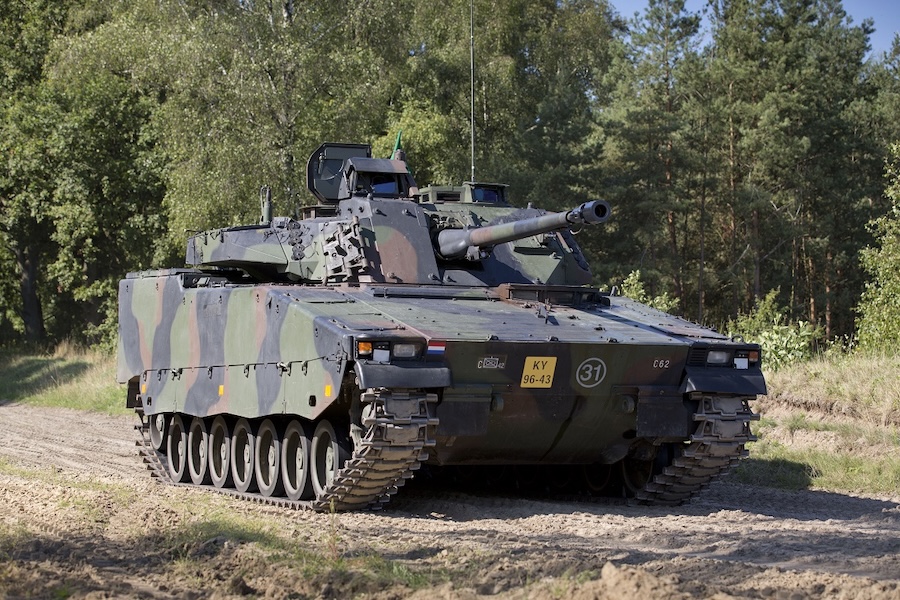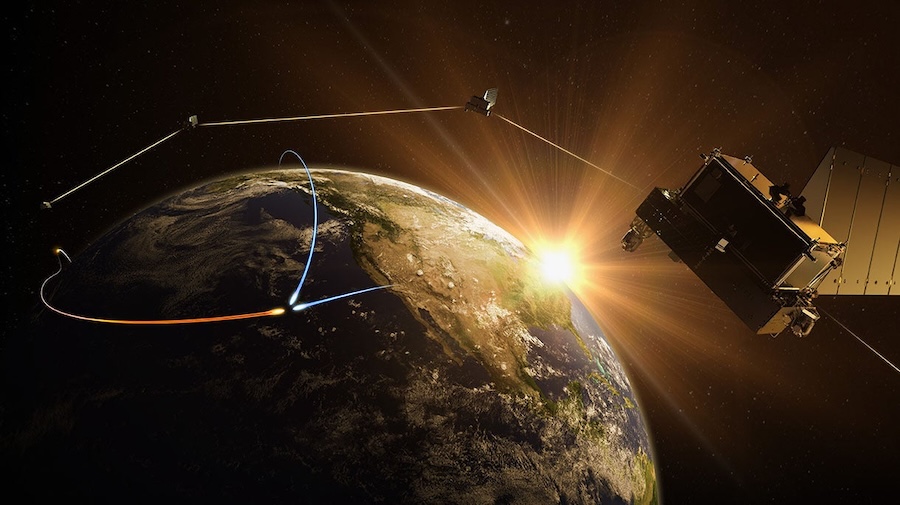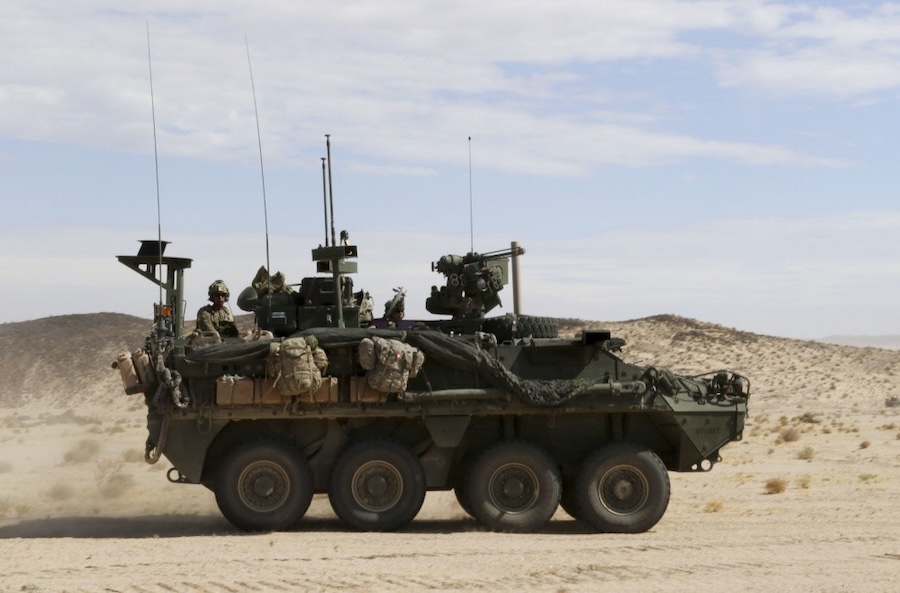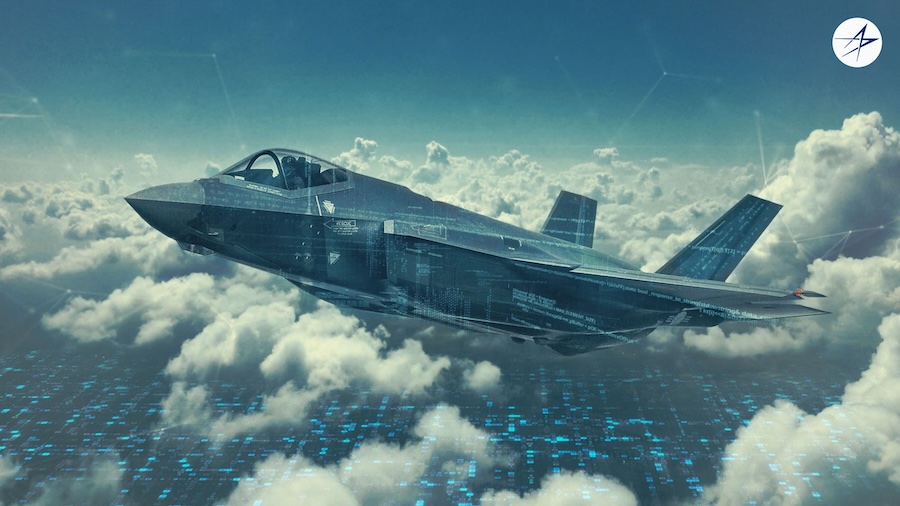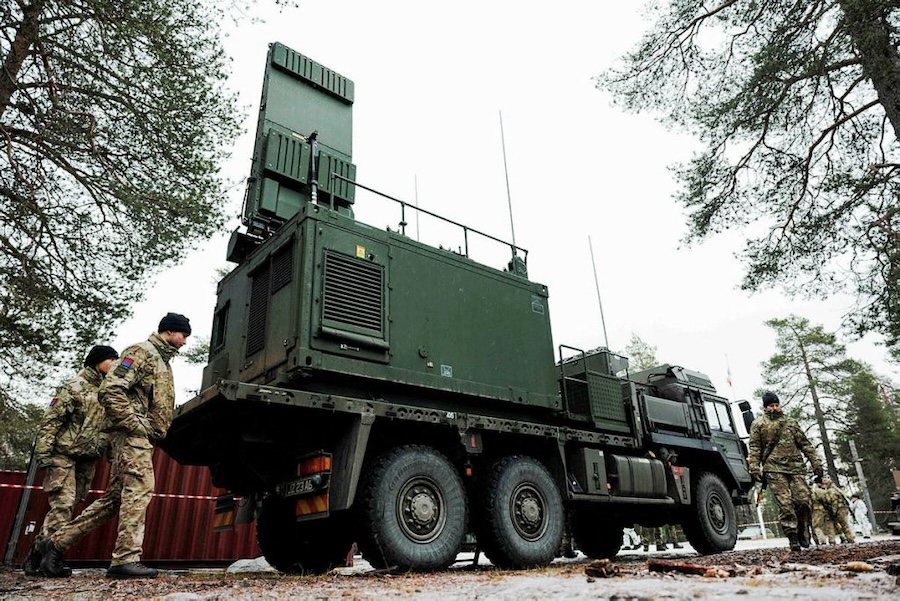The completion was confirmed during a Joint Reliability and Maintainability Evaluation Team meeting, after extensive testing with multiple mission partners. The Grey Wolf demonstrated its ability to meet operational requirements across a variety of mission sets.
Six MH-139 aircraft were deployed during the evaluation to measure performance under operational conditions. Testing included aerial gunnery operations at Gowen Field, emergency security response missions at each missile wing, and convoy escort operations during Twentieth Air Force’s annual Nuclear Convoy Course at Camp Guernsey.
“This milestone reflects the dedication and professionalism of our aircrews, maintainers and mission partners,” said Col. Bryant Bevan, 582 HG commander. “The MH-139 brings increased speed, range, and survivability to our mission set and enhances our ability to protect and support the ICBM enterprise.”
The MH-139A Grey Wolf will replace the UH-1N Huey, which has been in service for decades. The new aircraft brings significant advances in speed, range, payload capacity and defensive systems, designed to support missile field security across large and austere terrain.
“The MH-139 represents a complete paradigm shift within our community and for the mission, its highly redundant system design and automation make for a powerful, safe and much easier to manage aircraft.” said Lt. Col. Jeremy McPherson, MH-139 program integration officer. “This allows crew to spend more time solving complex mission sets and tactical problems instead of focusing most of their effort keeping the spinning side up.”
McPherson, who has six years of experience flying Developmental Test and IOT&E missions, stated that the aircraft’s speed of action is already delivering results. He noted that the MH-139 has significantly reduced the time required for operations compared with the UH-1N.
The 40th Helicopter Squadron has already introduced the Grey Wolf into service to support weekend stand-by alert coverage. The unit plans to expand its use in the autumn, operating both the MH-139 and UH-1N during the transition period.
Source: United States Strategic Command.



